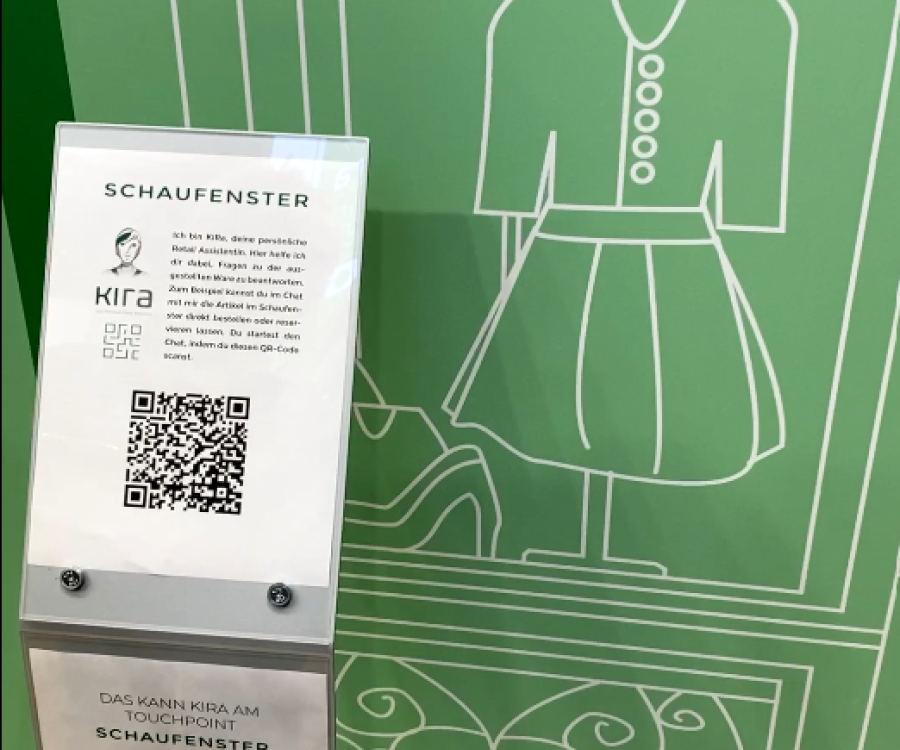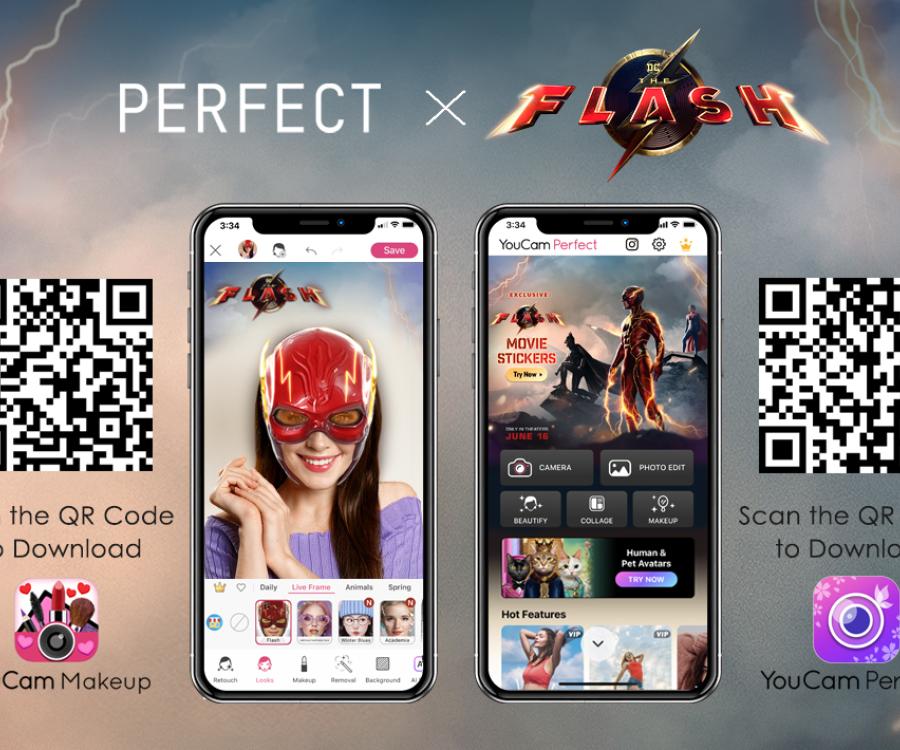
GS1 US®, the information standards organization best known as the administrator of UPC barcodes, this week celebrates 45 years since the debut and first scan of the iconic barcode. On June 26, 1974, a pack of Wrigley's chewing gum carrying a Universal Product Code (UPC) was scanned at a Marsh Supermarket in Troy, Ohio. This historic milestone marked the beginning of the modern shopping experience. Today, the barcode is scanned more than six billion times daily and continues to be one of the most trusted symbols in the world, powering global commerce.
"Since being introduced in the grocery sector, the barcode has enabled countless modern conveniences for consumers and paved the way for emerging technologies," said Bob Carpenter, president and CEO of GS1 US. "From same-day delivery to patient bedside scanning that ensures administration of the proper medication, millions of transactions and processes would not be possible without barcodes and the underlying standards that uniquely identify products, services, locations and more in real time."
The first barcode scan was the culmination of years of collaboration by inventors and the grocery industry to minimize long supermarket checkout lines. Brands and retailers needed a method to automatically capture product information, reduce human error and manage the influx of post-World War II baby-boom shoppers. While inventor Norman Joseph Woodland and classmate Bernard Silver developed the first barcode concept – a circular, bullseye-shaped design that incorporated lines and spaces – in 1973, the grocery industry selected the linear UPC barcode as the preferred standard, created by IBM engineer George Lauer.
The Uniform Product Code Council, later named GS1, was the designated administrator of barcode standards in 1974, and helped brand owners use barcodes and a numbering system — today known as GS1 Global Trade Item Numbers (GTINs) — to uniquely identify their products at point-of-sale, giving access to price information. This system also helped enhance inventory management to keep shelves stocked and allow for lower pricing due to gained efficiencies.
Since the original UPC, product identification standards (now GS1 Standards) have grown into a global system, used by more than two million companies doing business in 150 countries across 25 industries. Additionally, multiple versions and uses of the barcode have been created to fit modern requirements and convey more data using the same numbering system.
QR codes, for example, evolved to provide consumers with detailed product information and support mobile scanning applications. Also, radio frequency identification (RFID) has provided retailers the ability to locate specific items in stock and more purchase flexibility such as buy online pick-up in store. Other advanced barcodes help to locate products during a recall or identify counterfeit goods so that they can be removed from stock.
More information about GS1 US and the history of the barcode, including videos and infographics.









